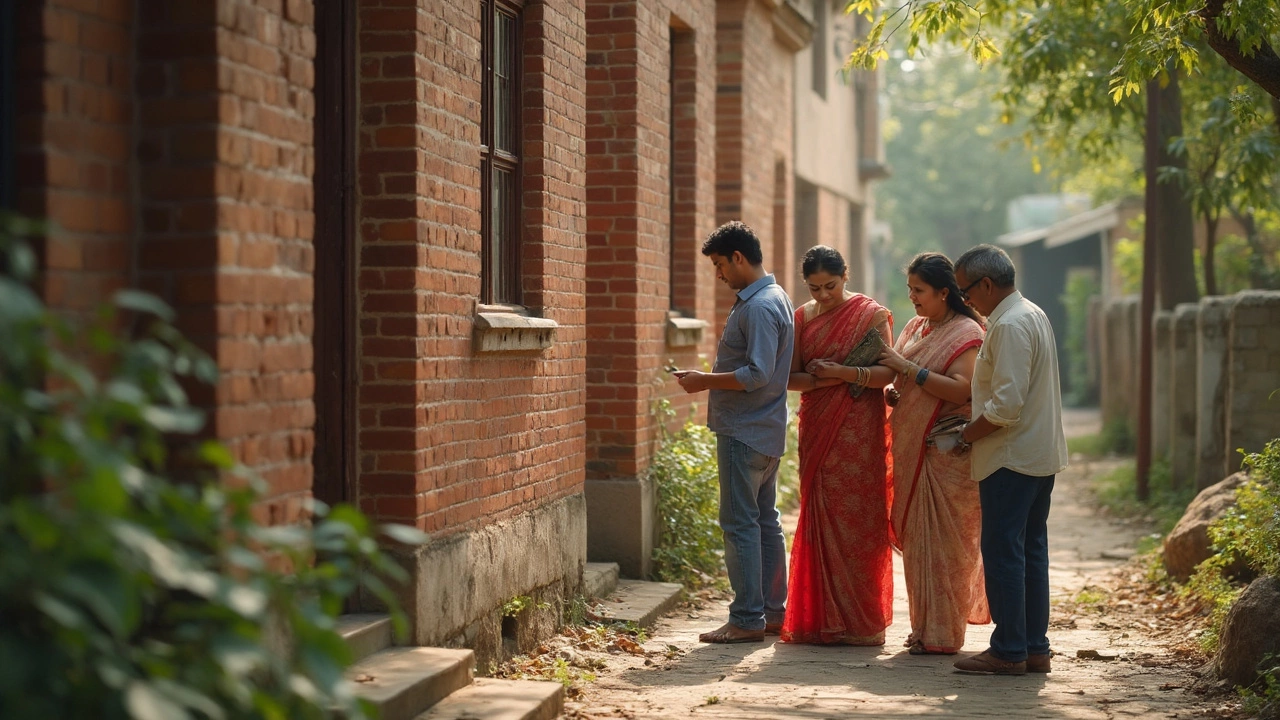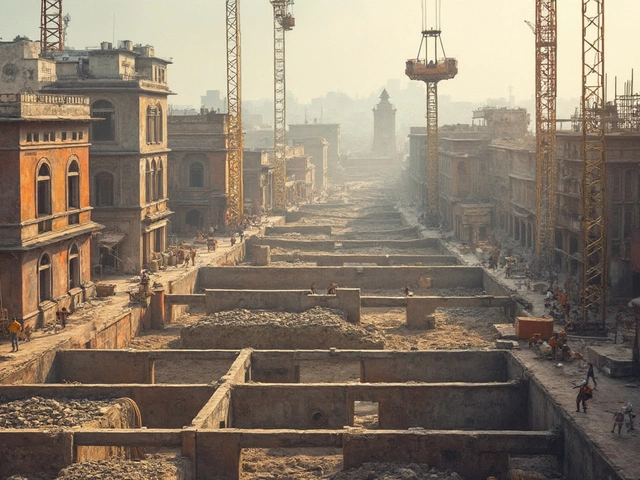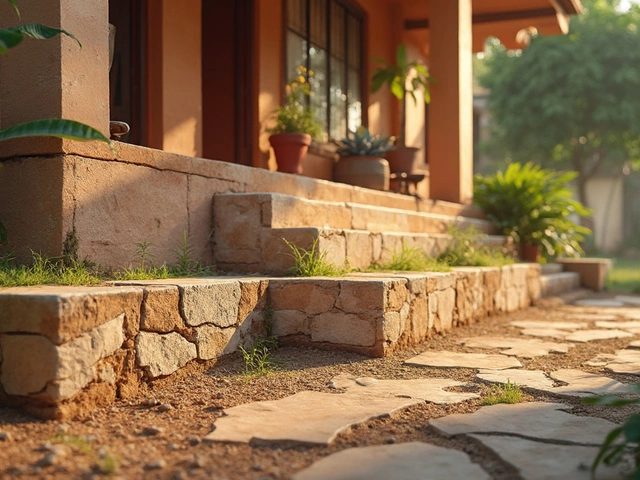Sinking Foundation: Causes, Signs, and How to Fix It
When your home starts to sink, it’s not just a minor annoyance—it’s a sinking foundation, a structural failure where the base of a building settles unevenly into the soil below. Also known as foundation settlement, it’s one of the most expensive problems a homeowner can face, and it doesn’t fix itself. Unlike normal settling that happens in the first year after construction, a sinking foundation keeps moving. It pulls walls out of alignment, cracks floors, and makes doors stick shut—not because of bad weather, but because the ground beneath your house can’t hold it anymore.
This isn’t just about old houses. Even new builds can sink if the soil is clay-heavy, poorly compacted, or saturated from leaking pipes or heavy rain. The foundation crack, a visible break in concrete or masonry that signals structural stress is often the first red flag. But not all cracks are equal. Hairline cracks? Usually harmless. Stair-step cracks along brickwork? That’s trouble. Wide gaps under door frames? That’s a house foundation issue, a condition where the entire structure is shifting due to unstable soil or water damage. And if you’ve noticed your floors tilting or windows refusing to close, you’re not imagining it.
What makes a sinking foundation worse is how slow it is. You won’t wake up one day to a collapsed house. Instead, it creeps in over months or years. Water is the usual culprit—either too much of it (from poor drainage or broken sewer lines) or too little (drought causing soil to shrink). The soil under your home expands when wet and contracts when dry, and over time, that push-pull breaks the bond between the foundation and the earth. That’s when your house starts to lean, twist, or sink in one corner.
Fixing this isn’t about slapping on epoxy or patching cracks. Real solutions involve foundation repair, the process of stabilizing or lifting a settled foundation using steel piers, concrete underpinning, or other structural supports. It’s not cheap, but waiting makes it way more expensive. The longer you delay, the more damage spreads to walls, plumbing, and even your roof. And if you ever plan to sell? Buyers will walk away—or demand a massive discount—if they see signs of unresolved foundation problems.
What you’ll find below isn’t theory. It’s real advice from people who’ve been there: how to tell if your foundation is sinking or just settling, which repair methods actually work, what costs you can expect, and when you absolutely need to call a pro. No marketing fluff. No vague promises. Just clear, practical info based on what’s been fixed, what’s failed, and what saves homeowners thousands in the long run.





